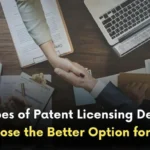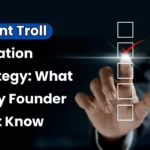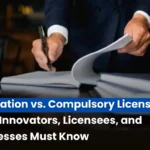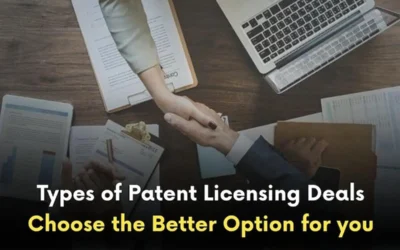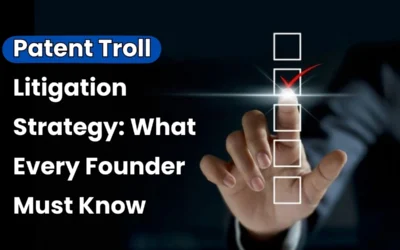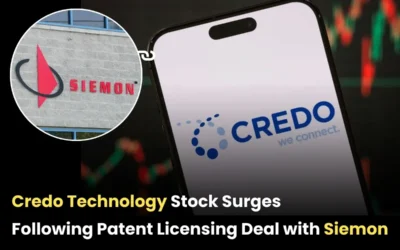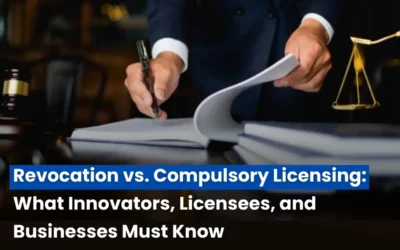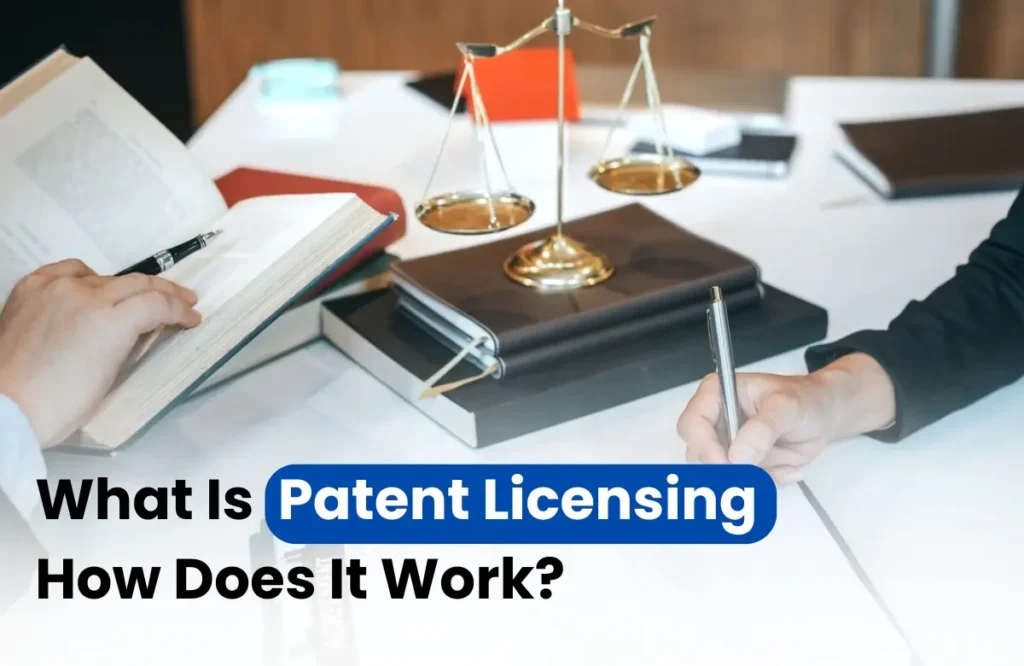
Patents hold tremendous investment power—not just for inventors, but for businesses and investors as well. When it comes to generating significant returns from them, one prominent concept stands out: patent monetization and patent licensing. This process allows companies and investors to put their underutilized or dormant patents to work, turning intellectual property into revenue. However, patent monetization can be complex and often confusing, especially when it comes to the different methods available. Among the various approaches, the most common and effective is patent licensing. If you want to learn more about patent monetization in India and the role of patent licensing, keep reading.
What Is Patent Monetization and How Can You Make Money from It?
Let’s start with patent monetization. In simple terms, this is the process of using a patent to generate revenue. Sounds straightforward, right? But in reality, patent holders must stay highly focused and vigilant, because even a small mistake can lead to an unfavorable deal. The success of patent monetization largely depends on the method you choose to carry it out. There are several approaches, such as:
- Patent Licensing
- Patent Sale / Assignment
- Cross-Licensing
- Patent Pools
- Franchising / Technology Transfer
- Litigation & Enforcement
- Patent Auctions
- Securitization / Collateralization
- Spin-offs & Joint Ventures
- Royalty Financing
The reason this choice is so important is that not every method will be suitable for every situation. Among this long list, the most commonly chosen and effective method is patent licensing. This approach not only allows you to generate revenue but also lets you retain ownership and control over your rights.
Read Also: Patent Monetization Fundamentals: Must Know Before Monetizing Your Patent
What Is Patent Licensing and What Are the Types of Patent Licensing Agreements?
Now let’s come to the main point: what is patent licensing? To understand this, we need to know about the two key parties involved. The first is the patent holder, also called the licensor, who owns the patent. The second is the licensee, the person or business that wants to gain the rights to use the patented invention. In patent licensing, the licensor gives the licensee the right to use the invention under agreed terms. A simple way to understand this is by comparing it to renting property: just as a landowner allows a tenant to stay on their land in exchange for rent, a patent holder allows a licensee to use their invention in exchange for payment. In this process, the licensor earns revenue while the licensee gains legal rights to use the patent.
Understanding the Types of Patent Licensing:
- Full Rights License
In this model, the licensor grants all rights to a one individual/ firm is a licensee, meaning no one else—including the patent owner—can use the invention. This gives the licensee maximum control but usually requires higher payments.
- Shared Rights License
Here, the patent can be licensed to multiple parties at the same time. The patent owner also keeps the right to use it. This method is common in industries like software, where multiple companies may adopt the same technology.
- Joint Rights License
This approach allows one licensee plus the patent owner to use the invention, but no one else. It’s a middle ground between exclusive and non-exclusive rights.
- Market-Specific License
In this arrangement, the patent can only be used in a specific market, industry, or field of application. For example, a chemical patent could be licensed for medical use but not for agriculture.
- Fixed-Term License
As the name suggests, this type of license is valid for a limited time period. After expiration, the rights return fully to the patent holder unless renewed.
- Mutual Exchange License
Also known as cross-licensing, this happens when two or more companies exchange patents. It is often used in highly competitive industries like electronics, where avoiding lawsuits and expanding technology access is critical.
- Mandatory Government License
This is a compulsory license enforced by governments in cases of public interest. For example, during a health crisis, a government may require a patent holder to license a drug formula to ensure mass availability.
Conclusion
Patent licensing is one of the most powerful ways to monetize intellectual property rights(IPR), offering flexibility for both inventors and businesses. By choosing the right type of license—whether full rights, shared, market-specific, or time-limited—patent holders can generate revenue while maintaining control, and licensees can access innovation without heavy R&D costs. Ultimately, the right licensing strategy can turn a dormant patent into a valuable asset that fuels growth and opportunity.
Read Also: US Senate Confirms John Squires to Lead USPTO: What It Means for Patents and Monetization
